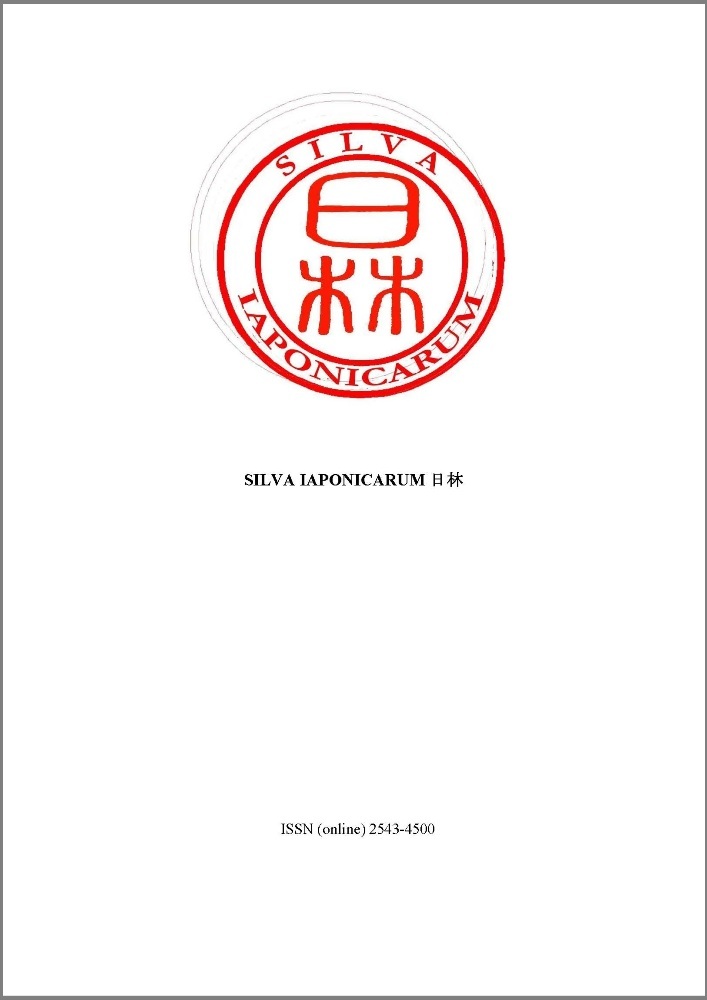Abstract
Since the 1947 Constitution was drafted at the behest of the Allied General Headquarters led by the Supreme Commander of the Allied Powers (SCAP), it is only fitting to scrutinize the media directly under it. One of the policies that should have affected Japanese women’s status is the Labor Standard Law. With this Law as a reference point, this paper anchors the SCAP’s ideals for Japanese women in terms of labor whilst I look at the portrayal of Japanese women in the 1948 issues of Pacific Stars and Stripes, an unofficial military daily newspaper under the supervision of SCAP. Through the lens of feminist postcolonialism with power and propaganda as a framework, I posit that the images of working women published by Pacific Stars and Stripes reinforce the internal contradictions presented by Labor Standard Law, which are accompanied by vivid examples of colonial power plays and the exoticization of Japanese women.
References
Burney, Shehla 2012. “Edward Said and postcolonial theory: Disjunctured identities and the subaltern voice”. Counterpoints 417: 41–60.
Geddes, Margaret 1977. “The status of women in post‐war Japan: A critical examination of the contribution of the occupation authorities towards raising the status of women in Japan”. Australian Outlook: The Australian Journal of International Affairs 31(3): 439–452. DOI: https://doi.org/10.1080/10357717708444628
Koikari, Mire 2002. “Exporting democracy? American women, ‘feminist reforms’, and politics of imperialism in the U.S. occupation of Japan”. Frontiers – A Journal of Women’s Studies 23, no. 1: 23–45. DOI: https://doi.org/10.1353/fro.2002.0006
Macnaughtan, Helen 2005. Women, work and the Japanese economic miracle: The case of the cotton textile industry, 1945–1975. London: Routledge. DOI: https://doi.org/10.4324/9780203390856
Marfording, Annette 1996. “Gender equality under the Japanese constitution”. Verfassung Und Recht in Übersee / Law and Politics in Africa, Asia and Latin America 29(3): 324–46. DOI: https://doi.org/10.5771/0506-7286-1996-3-324
Matsuda, Hiroko 2012. “America, modernity, and democratization of everyday life: Japanese women’s magazines during the occupation period”. Inter-Asia Cultural Studies 13(4): 518–531. DOI: https://doi.org/10.1080/14649373.2012.717599
Mohanty, Chandra Talpade 2003. “Under Western eyes: Feminist scholarship and colonial discourses”. In: Reina Lewis, Sara Mills (eds.). Feminist postcolonial theory: a reader. London: Routledge. 49–74. DOI: https://doi.org/10.1515/9781474470254-006
Nomura, Gail M. 1978. The Allied occupation of Japan: Reform of Japanese government labor policy on women. Ph.D. dissertation. Manoa: University of Hawaiʻi.
Ochiai, Emiko 1997. “Decent housewives and sensual white women – representations of women in postwar Japanese magazines”. Japan Review 9: 151–169.
Rosenberger, Nancy 1996. “Fragile resistance, signs of status: Women between state and media in Japan”. In: Anne Imamura (ed.). Re-imaging Japanese women, 1600–1945. Berkeley: University of California Press. 2–
Rosario, Angela Louise C. 2022. “Liberty and domesticity: The portrayal of Japanese housewives in the 1948 issues of Pacific Stars and Stripes during the Allied occupation”. Asian Studies: Journal of Critical Perspectives on Asia 58(1): 69-98.
Said, Edward W. 1987. Orientalism. New York: Visage Books.
Scott, Joan Wallach 1986. “Gender: a useful category of historical analysis”. The American Historical Review 91(5): 1053–1075. DOI: https://doi.org/10.2307/1864376
Shibusawa, Naoko 2006. America’s geisha ally: reimagining the Japanese enemy. Cambridge: Harvard University Press.
Toyoda, Maho 2007. “Protective labor legislation and gender equality: The impact of the occupation on Japanese working women in the mass media”. In: Mark E. Caprio, Yoneyuki Sugita (eds.). Democracy in occupied Japan: the U.S. occupation and Japanese politics and society. London: Routledge. 67–88.
Ueno, Chizuko 1997. “In the feminine guise: a trap of reverse orientalism”. U.S.–Japan Women’s Journal. English Supplement13: 3–25.
Yoneyama, Lisa 2005. “Liberation under siege: U.S. military occupation and Japanese women’s enfranchisement”. American Quarterly 57 (3): 885–910. DOI: https://doi.org/10.1353/aq.2005.0056
“Two-Year Trial”, Pacific Stars and Stripes (Tokyo), Nov. 14, 1948: 9.
Yo Tajiri, “Milady’s Hairdresser”, Pacific Stars and Stripes (Tokyo), Apr. 18, 1948: 3.
“Many Interesting Sights Await Visitors to Japan”, Pacific Stars and Stripes (Tokyo), Jun. 5, 1948.
“Japanese School Teacher”, Pacific Stars and Stripes (Tokyo), Apr. 25, 1948: 6.
“They Also Serve Who Only Stand And Wait”, Pacific Stars and Stripes (Tokyo), Mar. 7, 1948: 5.
Beth Everett, “Cinderella Story”, Pacific Stars and Stripes (Tokyo), Jun. 13, 1948: 7.
Beth Everett, “Cinderella Returns”, Pacific Stars and Stripes (Tokyo), Aug. 22, 1948: 3.
License
Copyright (c) 2022 Angela Louise C. Rosario

This work is licensed under a Creative Commons Attribution 4.0 International License.


